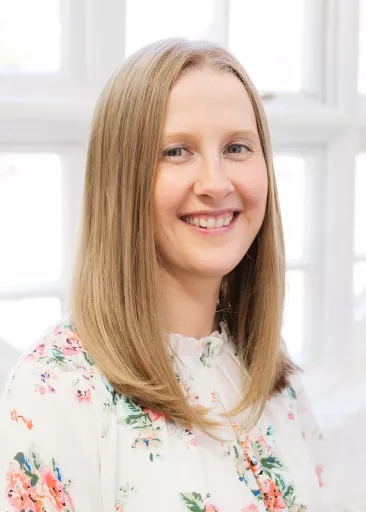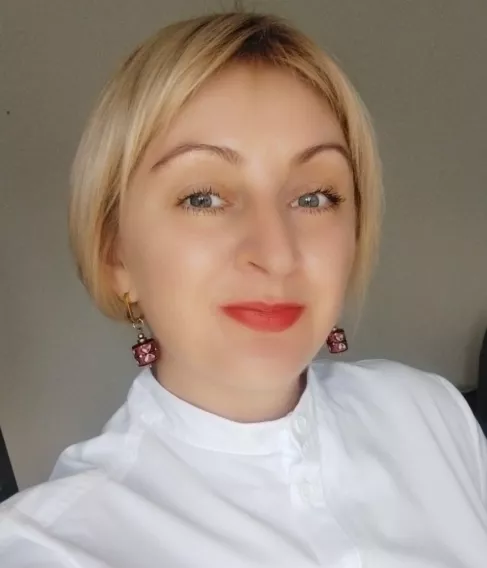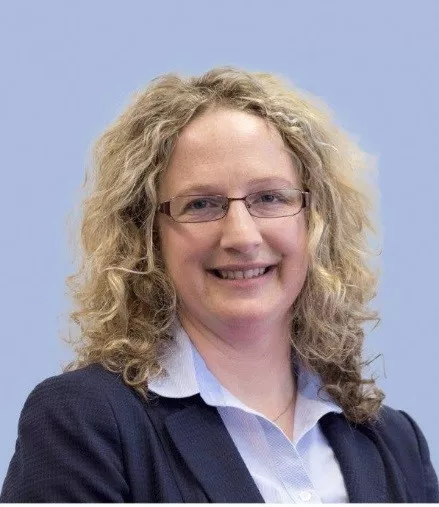
Professor Norma Bargary
- Statistical analysis of time-course/functional data.
- Smoothing using the mixed effects model.
- Finite mixture model clustering of time-course data.
- Modelling -omics data, e.g. RNA-seq data, mass spectrometry data, ChiP-seq data, etc.
- Biostatistics.
- Statistical modelling in biomechanics.
Contact: norma.bargary@ul.ie

Professor Eugene Benilov
- Interfacial dynamics
- Kinetic theory
- Contact lines in fluids
- Liquid films
- Jets, liquid curtains, and liquid bridges
- Geophysical fluid dynamics
- Nonlinear waves
- Magnetised plasmas
- Integrable systems
Contact: eugene.benilov@ul.ie

Dr Kevin Burke
Flexible statistical modelling
Penalised regression
Neural networks
Random effects
Survival and time-to-event analysis
Reliability theory
Industrial modelling
Contact: kevin.burke@ul.ie

Professor Andrew Fowler
As an applied mathematician specialising in mathematical modelling, I consider myself prone to be interested in any problem which requires modelling, and that means almost any scientific problem at all. The main part of my research interests lies in mathematical geoscience, and stems from my doctoral research in glaciology: my thesis 'Glacier dynamics' was finished in 1977, back in the days before word processing, personal computers and the like, and I typed it on a typewriter with two keyboards, one Roman and one with Greek and mathematical symbols.
Since then I have become interested in many other areas of geophysics, geology, petrology, volcanology, as well as geomorphology and Earth surface processes in general.
The genuine applied mathematician is a multi-faceted creature, and I am no different. I have been interested in various parts of biology and physiology, and with a background in Oxford and a current post in MACSI, industrial problems also form a major part of my interests.
Contact: andrew.fowler@ul.ie

Dr Romina Gaburro
Romina Gaburro's research area is in inverse problems, partial differential equations and their applications to imaging and material properties identification. Inverse problems are employed to identify physical properties of materials that cannot be directly observed. These are the model parameters and are very often the coefficients of a partial differential equation describing the model.
The material under investigation is typically probed with an electromagnetic field that interacts with the material according to the governing equation describing the model. This interaction is measured and used to determine the material properties/ inhomogeneities in the material (data inversion). Examples of inhomogeneities include an oil or geothermal reservoir in the subsurface of the Earth, a tumour in the human body or a crack/defect in a material. Inverse problems have indeed wide applications in geophysics, medical imaging, nondestructive testing, radar, acoustics, signal processing, machine learning, etc. The study of inverse problems is a very active area of modern applied mathematics and one of the most interdisciplinary field of science.
Contact: romina.gaburro@ul.ie

Professor James Gleeson
My group works on mathematical models for stochastic dynamics, particularly on complex networks. As co-director of MACSI, I am also interested in applying mathematical tools and techniques to solving real-world problems, in collaboration with partners from industry, science and engineering.
Contact: james.gleeson@ul.ie

Dr Alan Hegarty
Numerical solution of singular perturbation problems. Special mesh methods. Adaptive and moving mesh methods.
Contact: alan.hegarty@ul.ie

Maryna Kasianiuk
Algebra and theory of numbers (specifically modules and rings).

Dr Natalia Kopteva
Numerical analysis: singularly perturbed differential equations, convection-diffusion problems, finite difference, finite volume and finite element methods.
Contact: natalia.kopteva@ul.ie

Dr Pádraig MacCarron
Complex networks and using big data to analyse social systems. Applications of social networks. Identifying polarisation.
Contact: padraig.maccarron@ul.ie

Dr Eberhard Mayerhofer
- Stochastic Analysis
- Portfolio Selection
- Cryptography
- Network Science
Contact: eberhard.mayerhofer@ul.ie


Dr Shirin Moghaddam
- Survival Analysis
- Bayesian Statistics
- Statistical Modelling
- Machine Learning
- Clinical Decision Making
- Translational Statistics
- Cancer Research
Contact: shirin.moghaddam@ul.ie

Dr Kevin Moroney
Industrial Mathematics
Flow and chemical transport in porous media
Drug release from pharmaceutical devices (e.g. tablets)
Contact: kevin.moroney@ul.ie

Dr Clifford Nolan
- Medical, Geophysical and Radar Imaging
- Inverse Problems
- Wave Propagation and Scattering
- Microlocal Analysis.
Contact: clifford.nolan@ul.ie

Professor Stephen O'Brien
My research interests include modelling of industrial problems, asymptotic methods, lubrication theory, free surface flows, Stokes flow, and porous flow.
Contact: stephen.obrien@ul.ie

Dr Doireann O'Kiely
I am an applied mathematician. I use maths - usually differential equations - to describe, understand and predict the behaviour of physical systems. My specialties are systems involving fluid flow, systems involving deformation of solid bodies, and systems involving chemical reactions. I am motivated by real-world problems, by situations where counter-intuitive behaviour can be explained using maths, and by taking phenomena that are usually annoying and using them to our advantage.
You can find details of some of my research projects on my research page. Here is a list of the areas I work or have worked in:
Fluid Mechanics: Viscous flow, capillary flows, fluid-structure interaction
Solid Mechanics: Elasticity, plasticity, wrinkle mechanics
Chemistry: Decontamination problems, batteries
Industrial mathematics: Glass manufacture, metal forming
Contact: doireann.okiely@ul.ie

Dr David O'Sullivan
Complex Networks; Information Diffusion on Networks; Opinion Dynamics
Contact: david.osullivan@ul.ie

Dr Helen Purtill
Dr. Purtill's current research area is statistical profiling in longitudinal population studies such as Growing Up in Ireland (GUI) and The Irish LongituDinal Study of Aging (TILDA). She also has considerable research experience in the design and analysis of randomised control trials, meta-analyses, validity and reliability studies, power calculations and sample sizing for clinical and observational studies.
Contact: helen.purtill@ul.ie

Dr Mehakpreet Singh
My interest is to develop mechanistic models for dairy and pharmaceutical industries using ANN, Monte Carlo method, Discrete Element methods and population balance approach. I have been also working on developing numerical methods for the integro-partial differential equations well known as population balance equations and conducting their convergence analysis. My other research interest is to find approximate, semi-analytical and analytical solutions for linear and nonlinear differential and integro-partial differential equations.
Contact: Mehakpreet.Singh@ul.ie

Dr James Sweeney
- Spatio-temporal modelling
- Functional data analysis
- Biostatistics
Contact: james.a.sweeney@ul.ie

Dr Michael Vynnycky
Polymer electrolyte fuel cells; vanadium redox batteries; electrochemical pickling of steel; the Mpemba effect; continuous casting of metals; geophysical processes (mantle convection; magmatic ascent)
Contact: michael.vynnycky@ul.ie

Dr Philippa Wilkes
As a chemist and data scientist with an industrial background in Active Pharmaceutical Ingredient (API) manufacturing, my research focuses on using applied statistics, including functional data analysis, and data analytics to solve data challenges in the pharmaceutical and medical device sectors in collaboration with industry partners.
Contact: philippa.wilkes@ul.ie